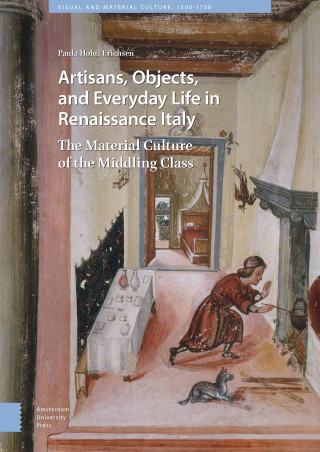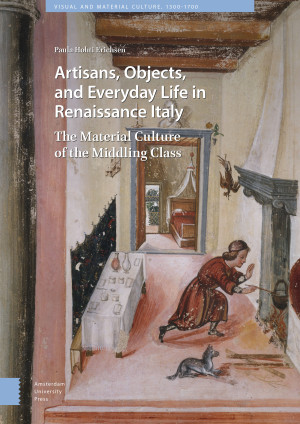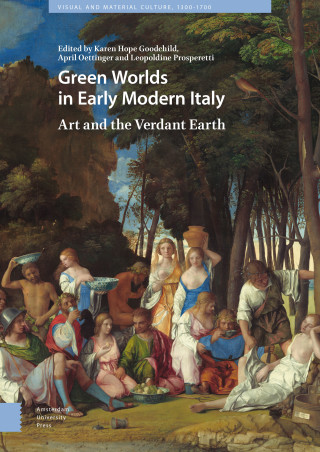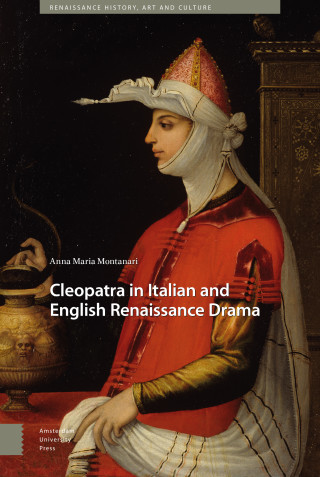Winner of the 2021 Roland H. Bainton Book Prize for Art and Music History, awarded by Sixteenth Century Society & Conference (SCSC) for the best book in the field of Art and Music History!
"This is a well written, detailed, and profusely illustrated, discussion of middle class Italian Renaissance household possessions mainly at Siena, although there are examples from other parts of Italy, in the fifteenth and sixteenth centuries, the period largely before the Siena was conquered by Florence in 1555–57. The illustrations are striking. [...] A useful book for anyone needing to identify objects in Renaissance literature or works of art."
- R. Burr Litchfield, Seventeenth-Century News, Vol. 79 3&4 (2021)
"In this thoughtful and well-written book, Erichsen illuminates the material culture of what she calls "the middling class," artisans and shopkeepers in Siena, who occupied a social and economic level above the poor and wage laborers and below the prosperous elites. [...] The downwardly mobile, the sick, the damaged, and the poor do not often appear in the sources intended to find and tax the strivers or to enable inheritance. Erichsen’s comprehensive view of rich and neglected sources has brought new people into the study of Renaissance life."
- Steven A. Epstein, Journal of Interdisciplinary History, Volume 52, Number 2, Autumn 2021
"This fine book is deeply expert. Its author has worked many years in Siena’s archives, studying the city’s material culture. At the heart of her research are the household inventories, systematic documents, often post-mortem, that went from room to room, laying out in precise detail the objects in each space. [...] The book, thorough and astute, is nicely on top of current scholarship on Renaissance Italian material culture. The meticulous notes very often give the original Italian, a precision very useful to scholars, who will want to check Sienese terminology for things or attributes. The illustrations, all in colour, are plentiful, and carefully captioned: they feature surviving artefacts, and their depiction in works of art, and also show the documents on which the argument rests."
- Thomas V Cohen, Journal of Design History, York University, Toronto, 2021





